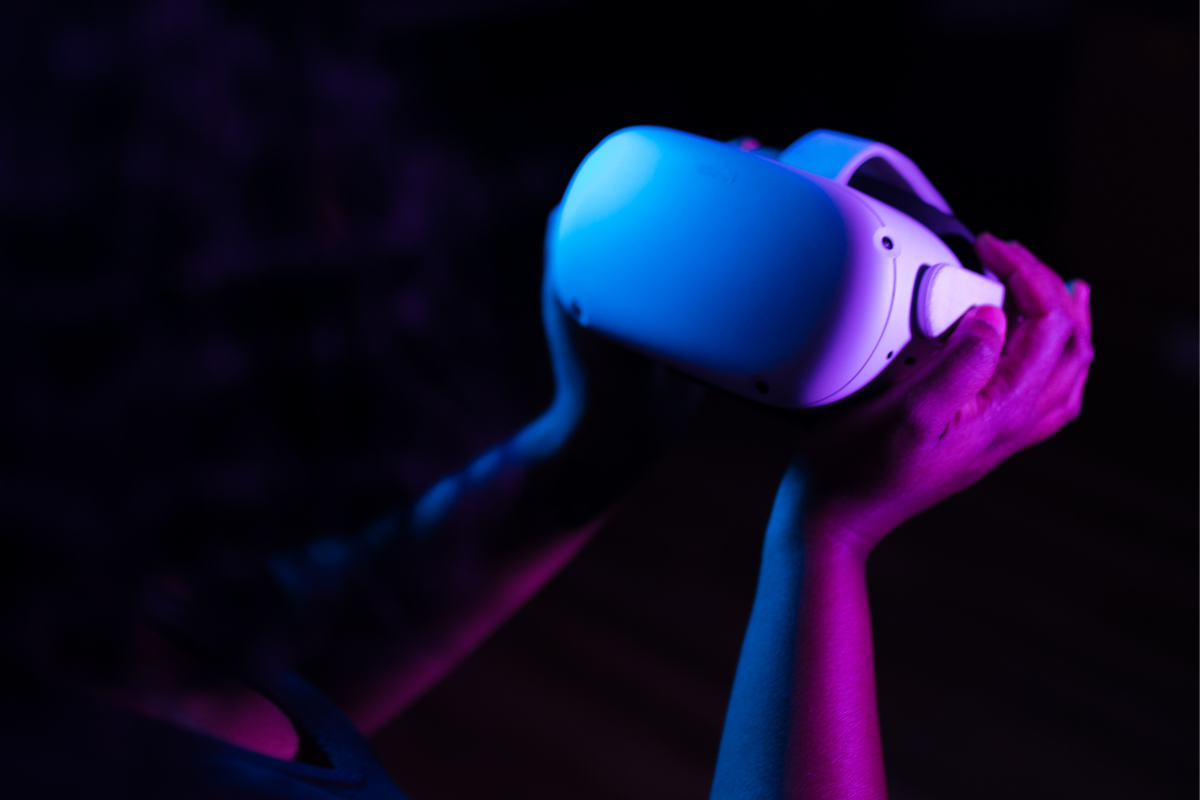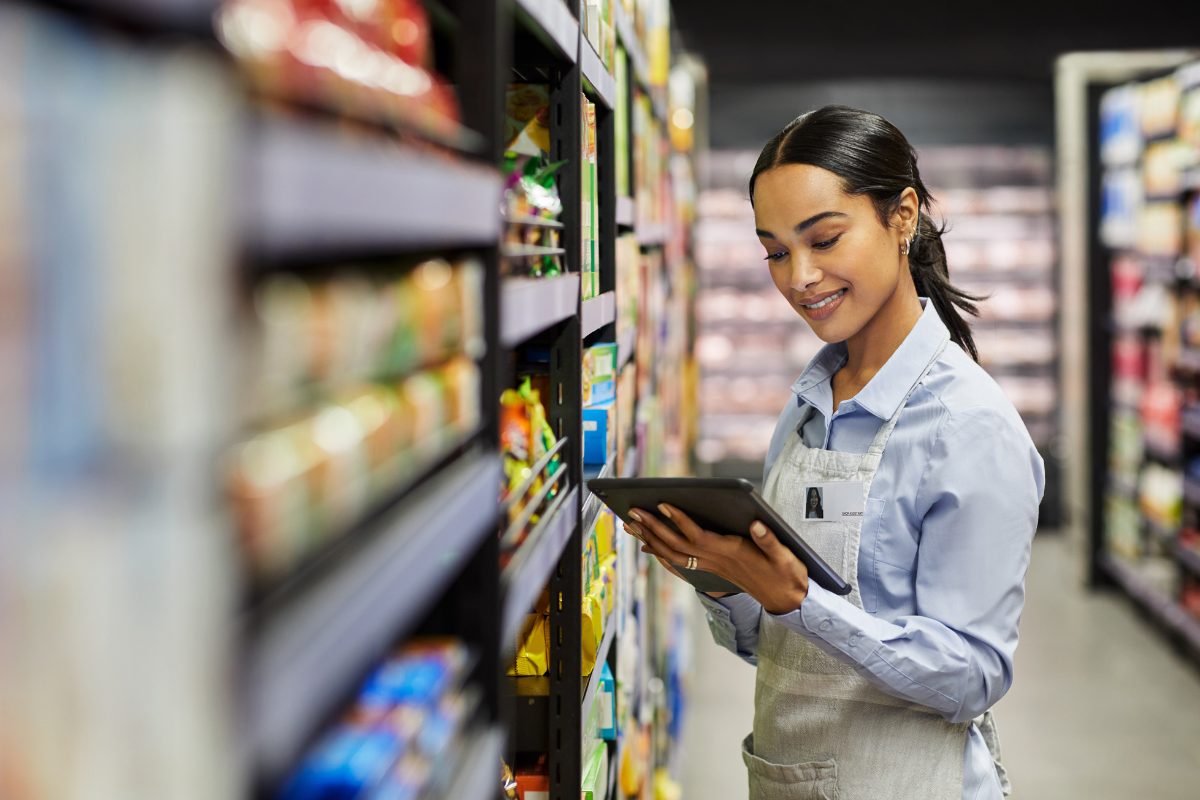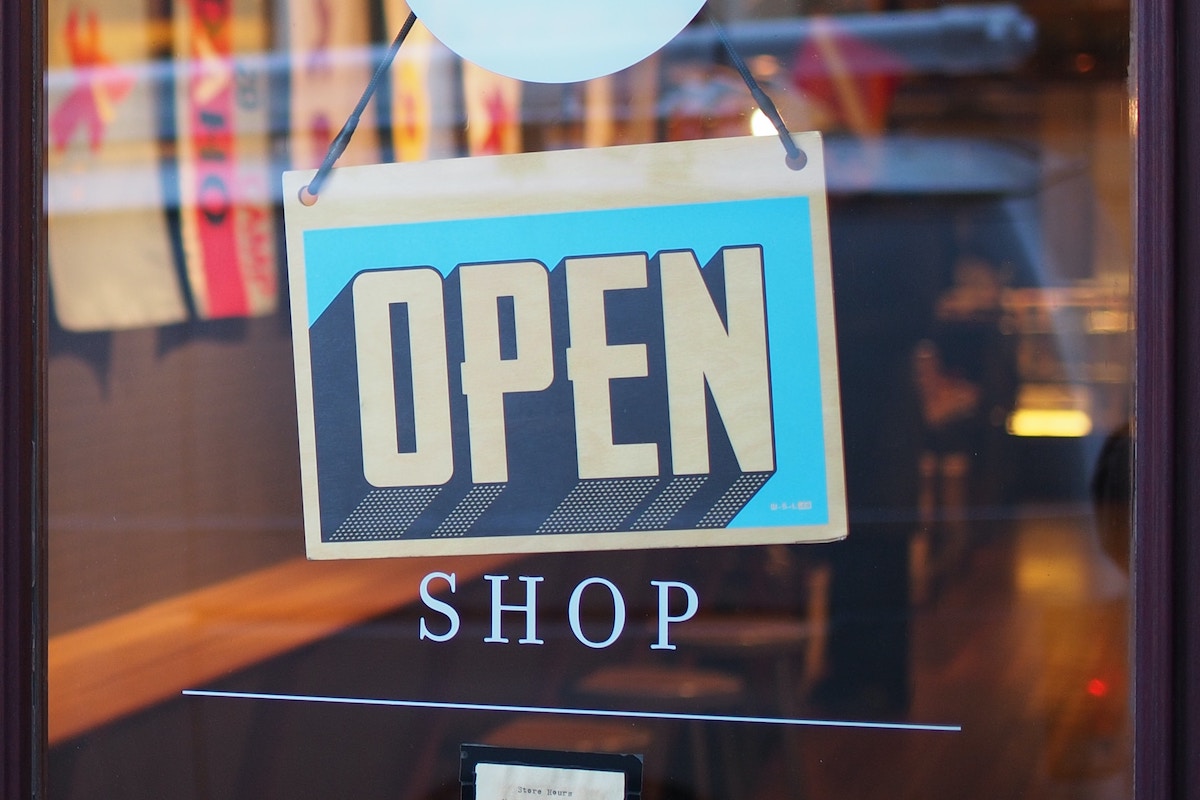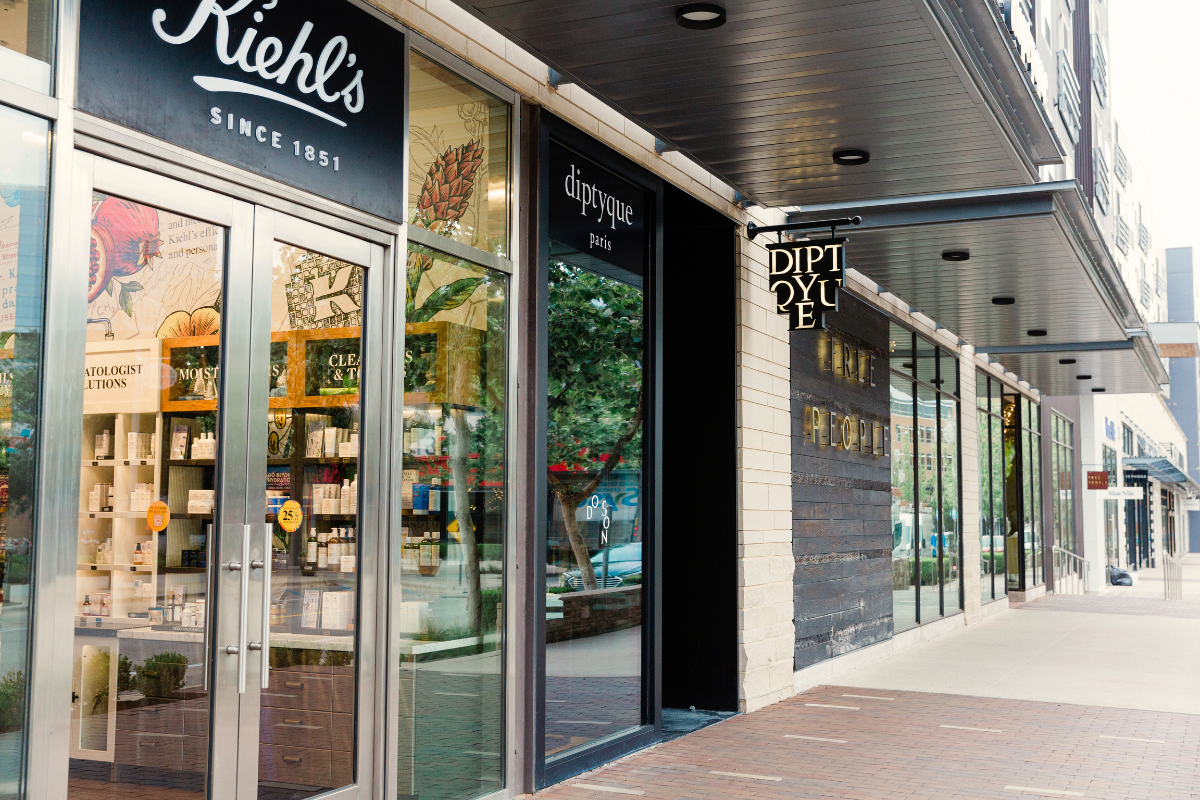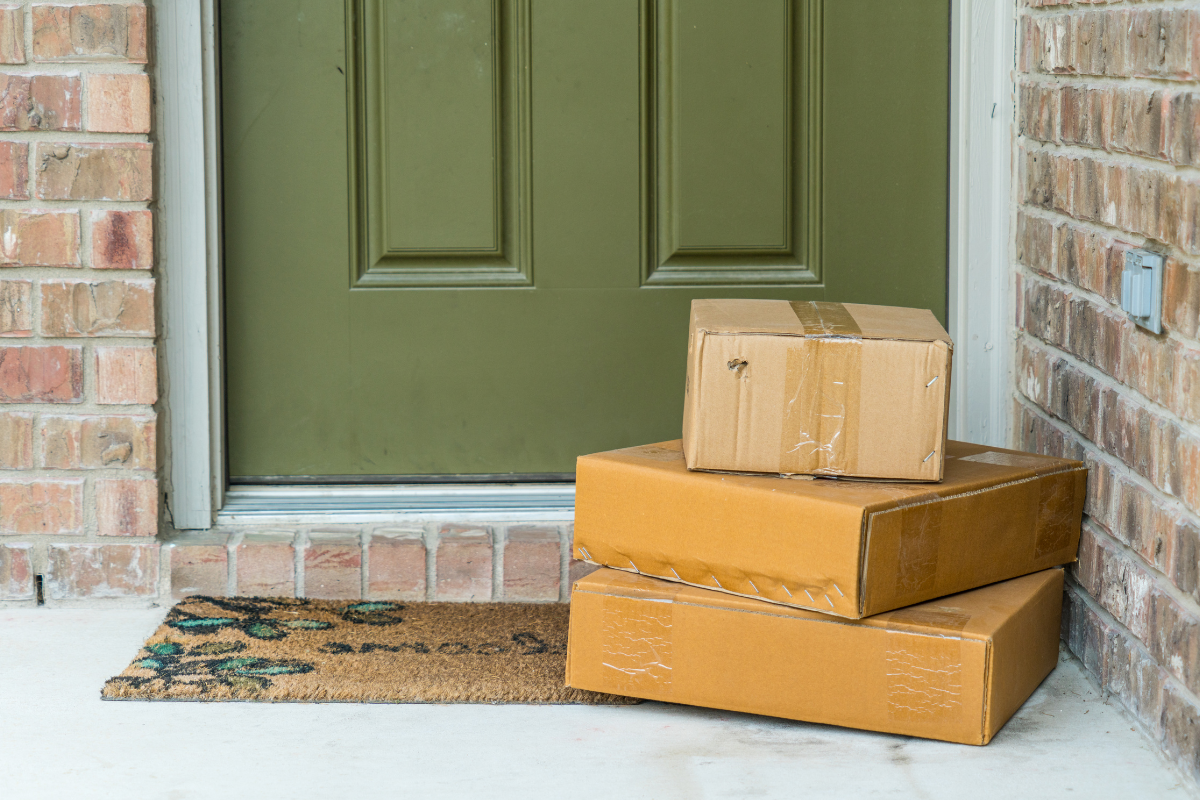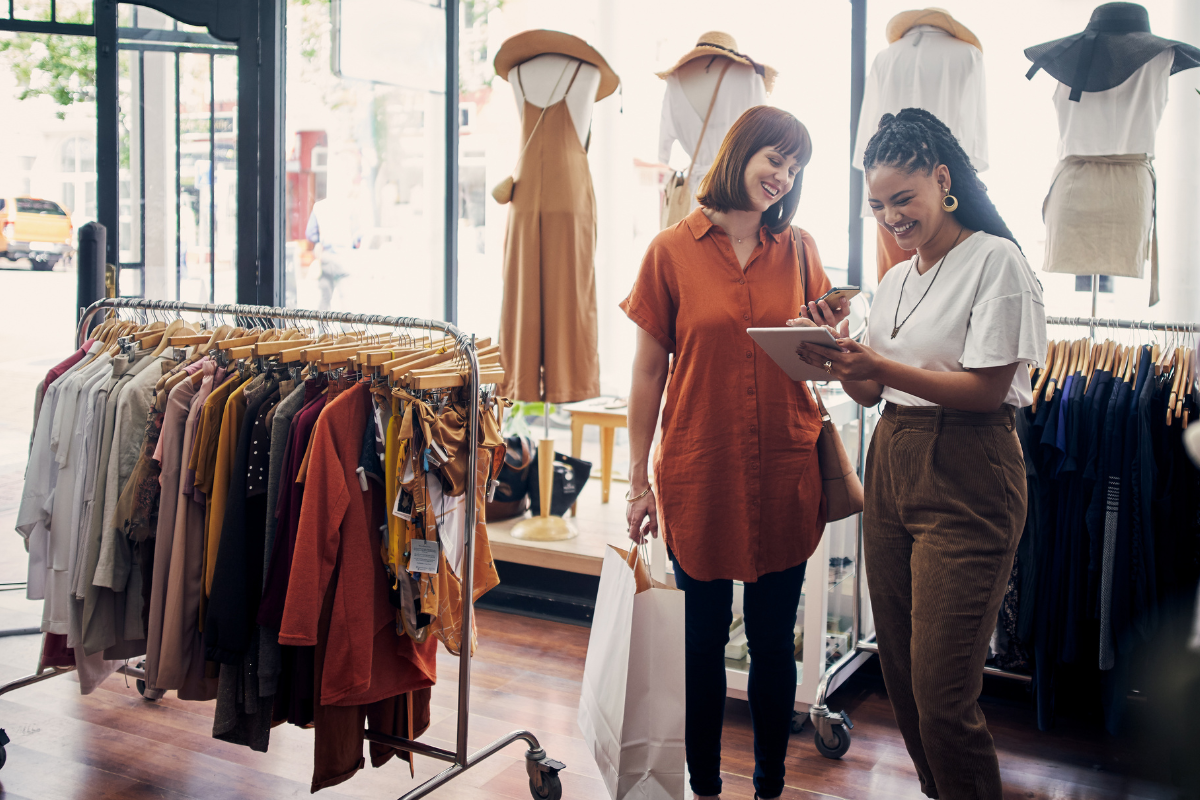Media professionals are often behind the scenes and telling the stories of others, so it’s a joy to flip the script and highlight the work that they’re doing from time to time. This also helps us learn directly from the source how we as PR professionals can be better resources.
One media professional I have had the privilege of working closely with recently is Dom Nicastro, editor-in-chief for CMS Wire. Dom is an award-winning journalist, editor and media personality with over 25 years of experience, currently covering customer experience (CX), marketing and digital transformation. Oh, and he’s a proud dog parent to Mack, pictured above.
Given his coverage focus, I often work with Dom on behalf of Ketner Group’s more technical clients.
Take the MACH Alliance, for example; Dom has been an excellent collaborator in telling the Alliance’s story. He has attended events, conducted numerous conversations with spokespeople and generally been a wonderful contact for them, for our team at Ketner Group, and for me personally as a PR professional relatively early on in my career. Dom keeps me on my toes but also keeps me in the know regarding the coverage he has planned, which is something I certainly appreciate when juggling multiple clients!
Given a media landscape that is more crowded than ever – and artificial intelligence (AI) now being a huge part of the equation – I asked Dom a few questions regarding what trends he is excited about and what he looks for in the PR professionals that he works with. I have already learned so much – see for yourself below!
Since 2020, it feels like the media landscape dramatically changes just about every six months. What has your experience been through these transitions?
COVID didn’t change my world of journalism too much, except for sources were more available because they couldn’t go anywhere. It changed more for my audience of marketing and customer experience leaders. The big other change was us having to keep up with changes in their world — and ensuring we’re delivering great service journalism that informs.
AI has had a much more transformative effect on media since ChatGPT debuted on Nov. 30, 2022. We’re constantly iterating and finding new ways for LLMs to support our journalism efforts. We see it as an additive tool, more so than a content-generation one. We are using AI to make us faster and better.
AI in journalism on its own is like a pizza without cheese. We need to constantly humanize the outputs.
Has the type of coverage you’re focused on writing changing?
Not entirely. We’ve doubled down on customer service and support coverage. It’s an incredibly exciting space with lots of evolution in the age of AI. We’re speaking to leaders who manage contact centers. We see them and their teams as the frontlines of customer experience. They play such a critical role for customer experience, which we all know can make or break a brand.
A big topic is how agent experience can be improved, and turnover rates in that world decreased. It’s scary for agents where you see brands like Klarna moving to replace them with AI. But AI can empower agents, too.
It’s a space we need to keep strong tabs on to inform these CX leaders.
What are the biggest resources you need from PR professionals, whether they are working in house or for an agency?
Introductions to quality sources.
The foundation of good journalism is producing genuine content that resonates with your audience in some way, and that only happens with connecting with genuine, passionate people. It motivates, educates and informs. And maybe it inspires them to challenge what they consumed, and that can lead to healthy conversations in an environment like LinkedIn.
I want to connect with as many people as possible advancing the dialogue.
Amazingly, we’re nearly halfway through 2025! What are you looking forward to in the second half of this year? Any stories you’re excited about?
Our editorial calendar is a good way to see what we’re excited about.
Personally, I’m closely watching the evolution of the CMO/marketing leader. This is becoming one of the most critical leaders for brands. And many CEOs or CFOs are not convinced they are ready to adapt. I am a believer, though.
The skillsets good CMOs bring — customer-focus, analytical thinking, thought leadership, creativity, UX design, communications, brand ambassadorship, etc. — fit so nicely into the age of experience. They need to have a pulse on what every brand brings to the table for experiences, and not just in their verticals.
And, of course, AI’s evolution into the marketing and CX games. No one, including us, knows where AI will ultimately make the most impact for brands and customer experience year after year (day after day?), but this might be more transformational than the internet. And that’s a big statement.
And to wrap us up with something fun, what are you reading right now?
I’m a news hound, as they say, so I like to keep tabs on the most impactful news around marketing and CX. I have 72,000 tabs open on my desktop with articles I am currently getting around to reading.

